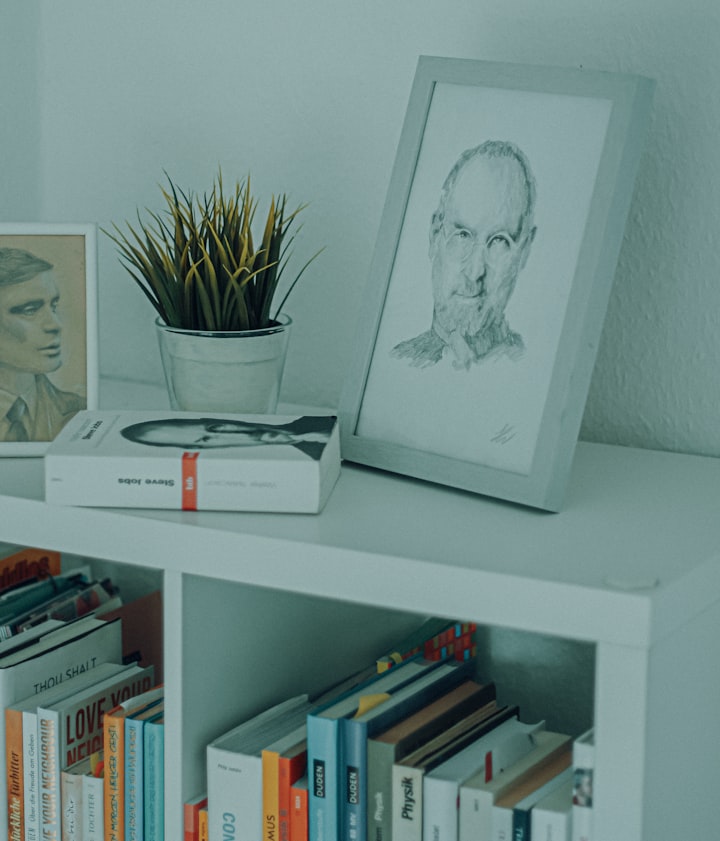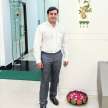How To Understand Steve Jobs By Reading Less
Understanding Steve Jobs

A legend has a whole lot of history behind its success and this is no special. Steve Jobs, one of the co-founders of Apple is one legend we can never forget. A single-minded perfectionist, Jobs was a visionary who wanted to change the world through technology. In the book Steve Jobs, you'll discover that while Jobs' perfectionism and intensity pushed him to achieve great things, those same traits were the cause of friction and conflict.
Introduction and Upbringing
Any tale begins with the birth and how an individual is raised because those characteristics are evident until the end of time. Abdulfattah Jandali and Joanne Schieble welcomed a son on February 24, 1955. However, Jandali and Schieble refused to raise their boy because their families couldn't compromise on the marriage, so he was placed for adoption. Paul and Clara Jobs, a couple from Silicon Valley, adopted him and called him Steven. Paul Jobs was an auto technician turned car mechanic who exposed Steve to the world of engineering and architecture, which sparked his interest in mechanics. Their house was an "everyman" modern home, with floor-to-ceiling glass walls and an expansive floor plan that piqued Steve's obsessed interest in tidy, sleek architecture.
Encounter with the Co-founder
He met his company's co-founder, Steve Wozniak, in high school, who was already a qualified computer technician. Wozniak provided the concept, and Jobs commercialized the idea, taking $40 in parts and selling the product for $150. As a result, Wozniak's tech expertise and Jobs' vision laid the groundwork for their joint venture, Apple.
In 1972, Jobs enrolled at Reed College, a private liberal arts school in Oregon, and there became very serious about both meditating and experimenting with LSD with friends. He felt that his drug experiences helped reinforce his sense of what was important in life, by showing him that there is "another side to the coin”. He even travelled to India to discover the side of spirituality trying there for seven months, adopting a zen Buddhist persona. Another factor that shaped Jobs' minimalist aesthetic was his enthusiasm for the arts. Throughout his career, Jobs would emphasize over and over that the design of Apple products should be clean and simple.
Professional Front of the Two
Soon while working together, Wozniak imagined a device as a self-contained package, with a keyboard, screen and computer "all in one”. So in 1976, with just $1,300 of start-up capital, Wozniak and Jobs founded Apple Computer. Amazingly it was almost profitable in just 30 days of starting. But Jobs' temperamental problem always added to trouble for the company where he was so obsessed with perfection that it would harshly show in his words while meetings and communicating with the employees. So, Mike Scott was eventually appointed as Apple's president, with the main task of keeping a tighter rein on Jobs but again it was found disturbing by Jobs.
As we read in the book, Steve Jobs, wanted to create a machine that would, in his words, "make a dent in the universe." Driven by this ambition, Jobs began work on the Macintosh. It was the company's biggest achievement, and he earned a lot of popularity as a result, from fortune to media attention, but the same characteristics of unjustified perfectionism quickly had him booted. After getting over the shock, he began working on his own business, NEXT. The project almost ran out of funds, the release date was pushed back several years, and in the end, the machine was much too costly for the end-user, having the least effects. Jobs also purchased a controlling stake in the Pixar animation studio. As Pixar went public, Jobs' shares (80% of the company) were worth more than 20 times his original investment: a staggering $1.2 billion.
Family and its Aftermath
He connected with his family and also found contact with his biological parents and sister while also getting close to his daughter he had from an affair. Apple on the other side was suffering from losses when Jobs was asked to make a comeback. Bold ideas and visionary design made the iPad, iPhone and the first Apple Store astronomical successes.
His habit of control though not only pushed him to lose contacts in the market like Bill Gate and Google whom he blamed for copying ideas. His health suffered when he was diagnosed with cancer. He refused the conventional methods and take upon natural methods which did not help but worsened his condition and he even after recovering once succumbed to it.
His story, Steve Jobs, is filled with too many twists and turns but it showcases how one's persona at someplace can make one stand high and on the other does exactly the opposite leaving it on the person to use its intelligence.
About the Creator
Manoj Upadhyay
A digital marketer & content creator with an extensive experience of 10 years working as SEO.
Enjoyed the story? Support the Creator.
Subscribe for free to receive all their stories in your feed. You could also pledge your support or give them a one-off tip, letting them know you appreciate their work.






Comments
There are no comments for this story
Be the first to respond and start the conversation.